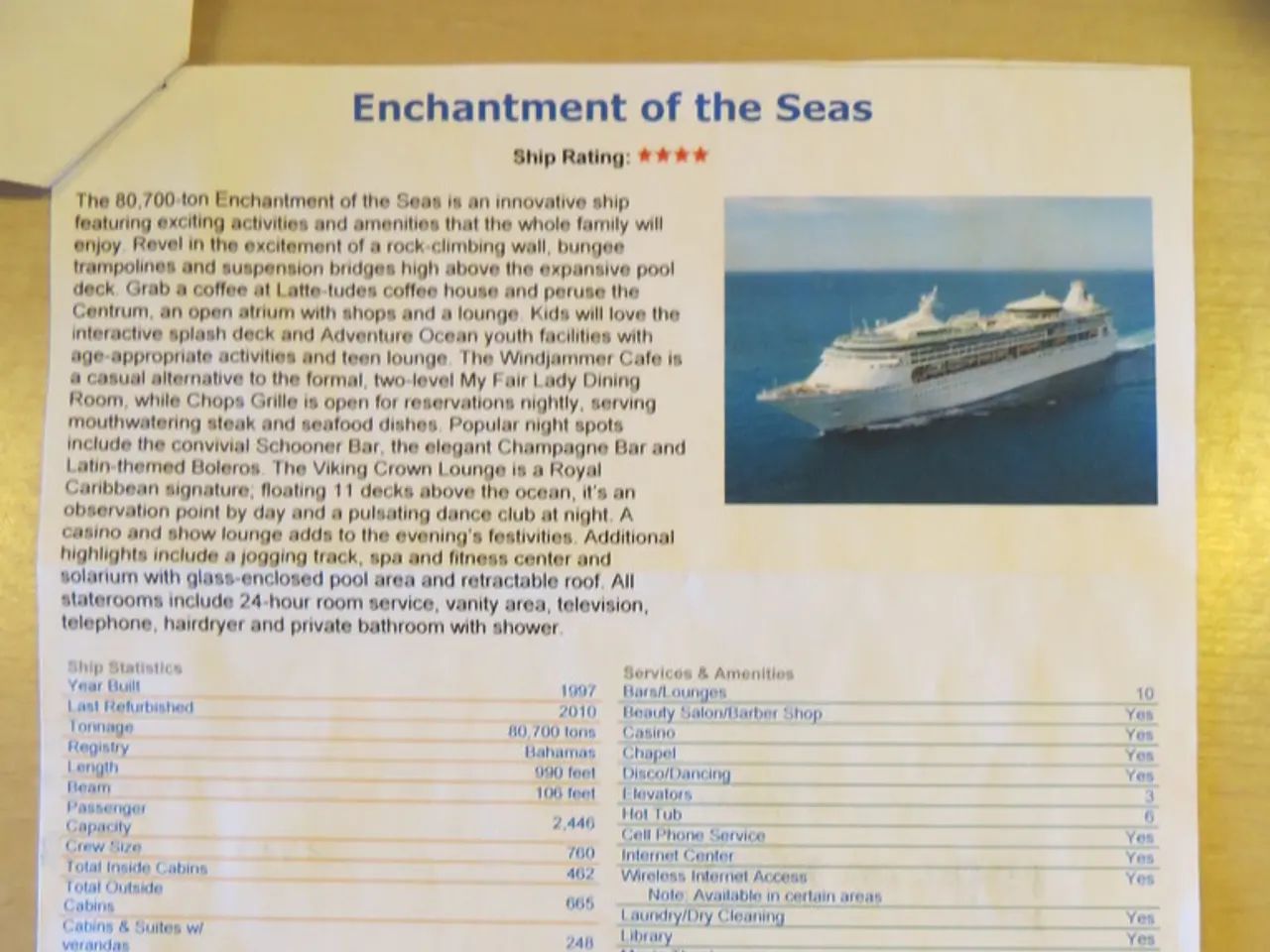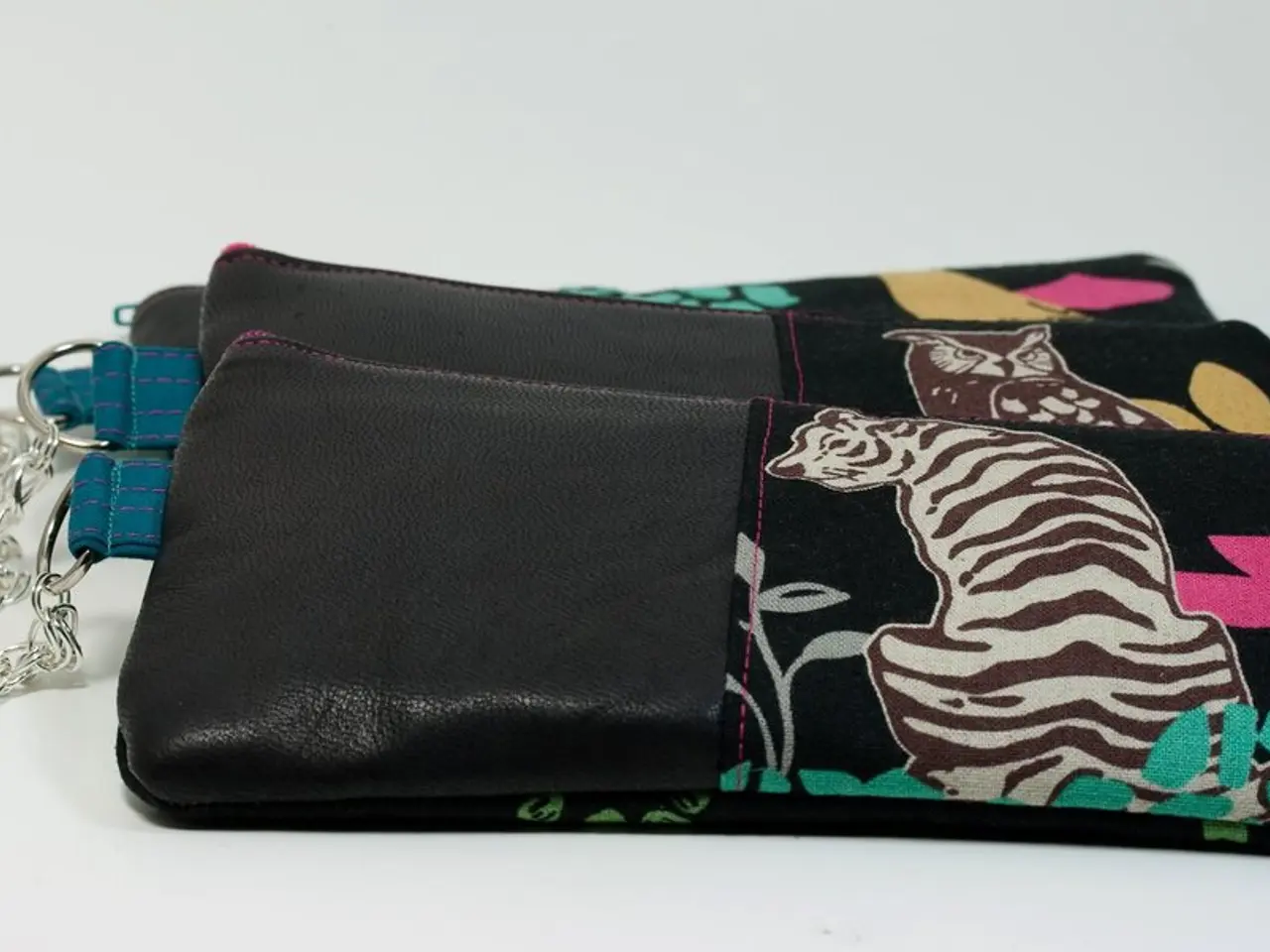Three-century-old vessel and 300 ancient artifacts discovered near Madagascar's coastline
The wreckage of the Portuguese treasure ship, Nossa Senhora do Cabo, which was captured by pirates in 1721, has been discovered off the coast of Madagascar near the island of Nosy Boraha, a known pirate haven during the early 18th century.
The ship's remains, which lie submerged in a small harbor near Nosy Boraha, have been the subject of extensive research over the past 16 years by a team from the Center for Historic Shipwreck Preservation, led by Brandon Clifford and colleagues.
The identification of the wreck as Nossa Senhora do Cabo is supported by multiple lines of evidence. Structural analysis of the ship remains is consistent with Portuguese East India shipbuilding, and historical records describe the ship’s route from India to Lisbon and its capture by pirates led by Captain Olivier Levasseur (La Buse). Artifacts recovered from the wreckage, such as religious figurines, Chinese porcelain, gold coins, and an ivory plaque inscribed with “INRI,” further confirm the ship’s identity and origin.
After its capture, the ship was reportedly refitted and renamed Victorieux by Levasseur, matching archival records and supporting the archaeological findings.
The discovery offers rare and valuable insights into pirate activity and maritime trade in the Indian Ocean during the Golden Age of Piracy. The shipwreck may hold treasures estimated to be worth up to $138 million based on its historical cargo, including valuable Asian goods destined for Europe.
Findings from the research have been recently published in *Wreckwatch* magazine, highlighting the multidisciplinary approach combining archaeology, history, and artifact analysis. This research is considered one of the most significant pirate-era shipwreck discoveries, confirming the historical accounts of Levasseur’s raid and providing tangible evidence of the pirate lifestyle and spoils.
In summary, the Nossa Senhora do Cabo wreck off Madagascar is now well-documented and supported by decades of research that confirms its identity and pirate capture in 1721, with rich archaeological findings that illuminate this dramatic episode of maritime history.
Among the artifacts recovered from the Nossa Senhora do Cabo wreck, found off the coast of Madagascar, are Chinese porcelain and religious figurines, indicating it's a significant site for studies on historic maritime trade and sports, such as piracy.
The discovery of the Nossa Senhora do Cabo shipwreck, which once carried valuable Asian goods, could potentially yield treasures worth up to $138 million, enhancing our understanding of the economic aspects of sports like piracy during the Indian Ocean's Golden Age.








